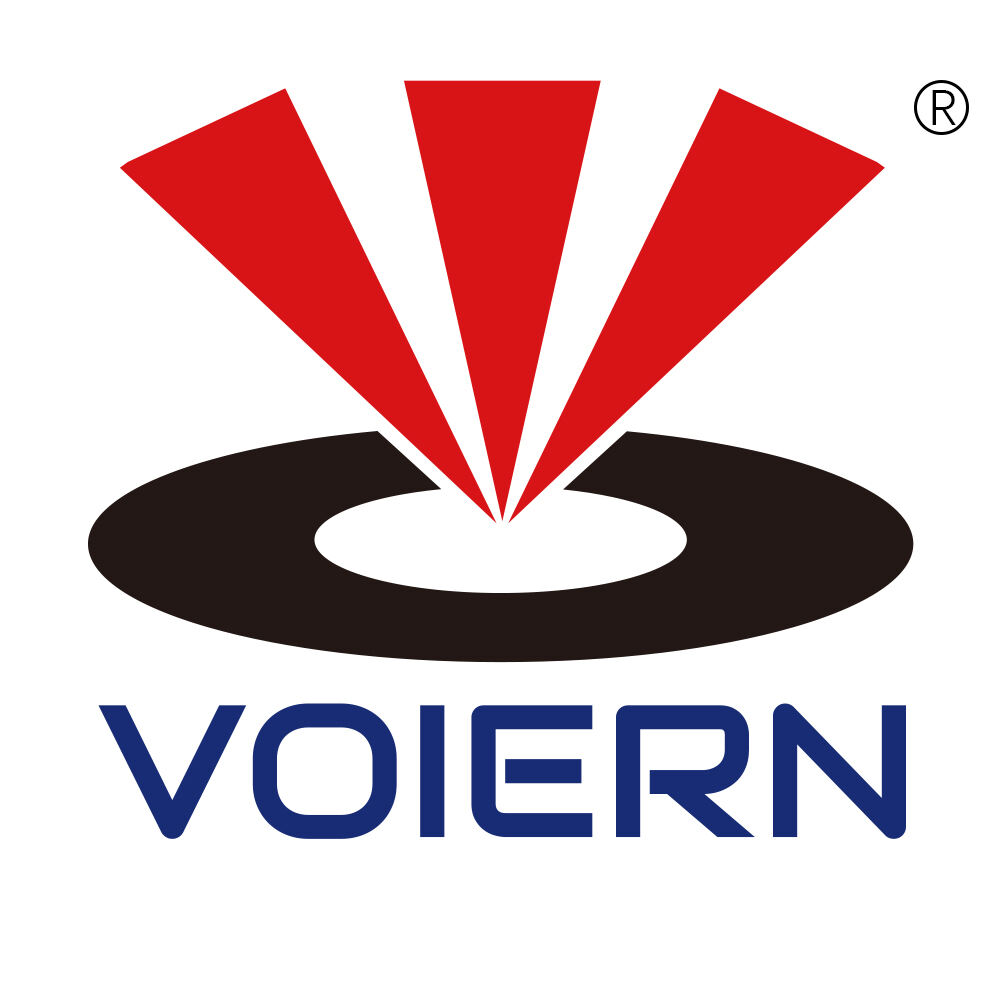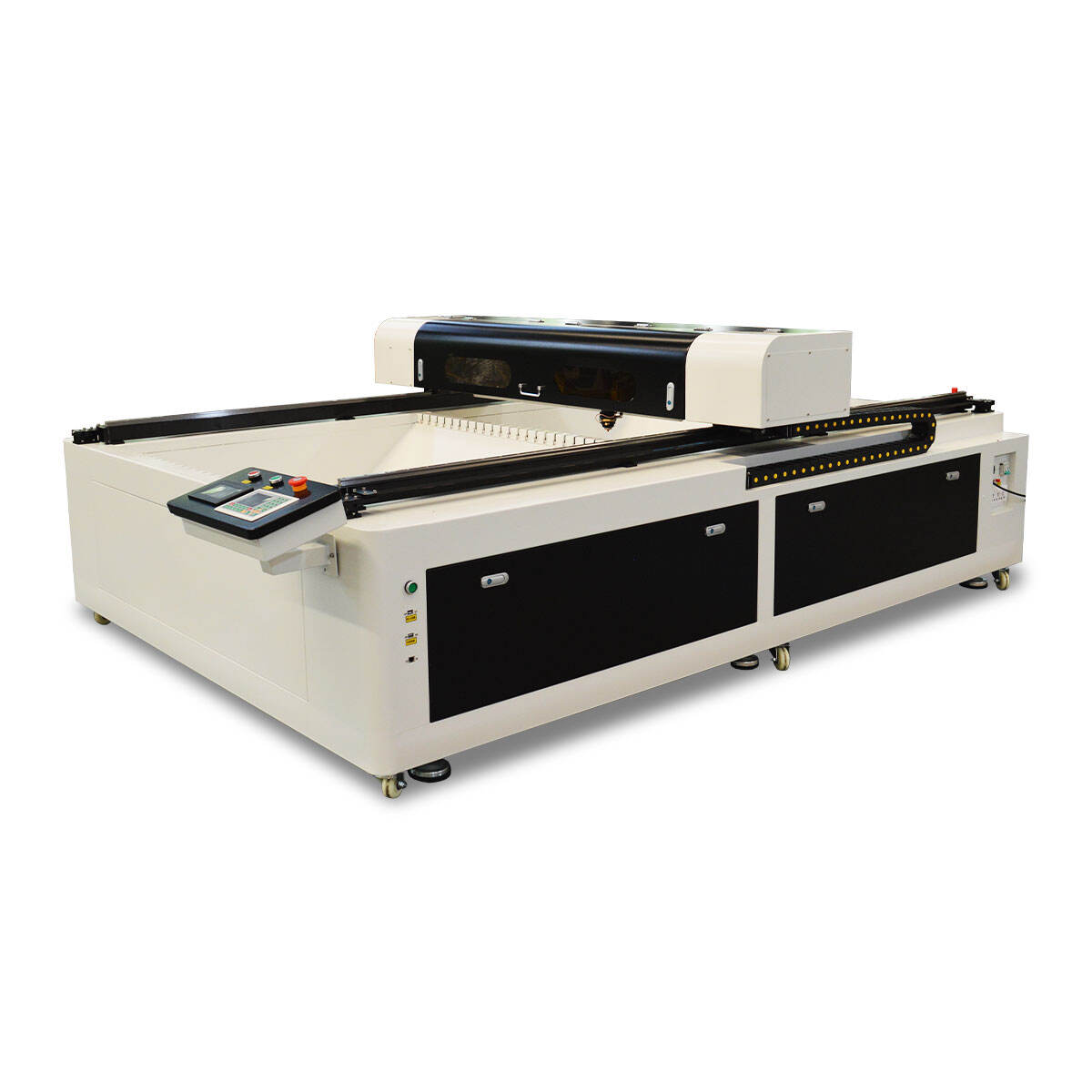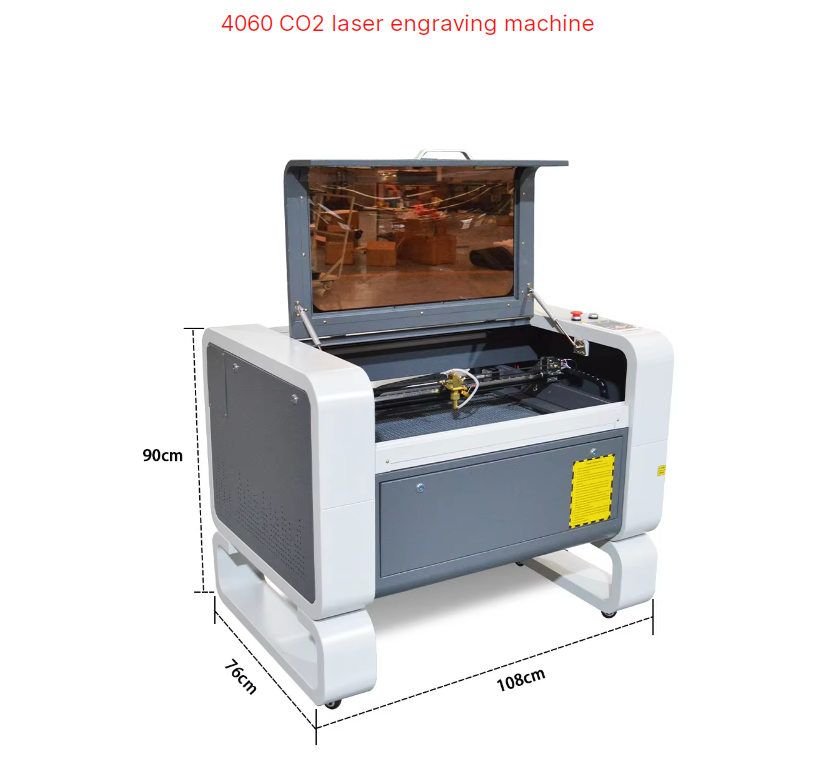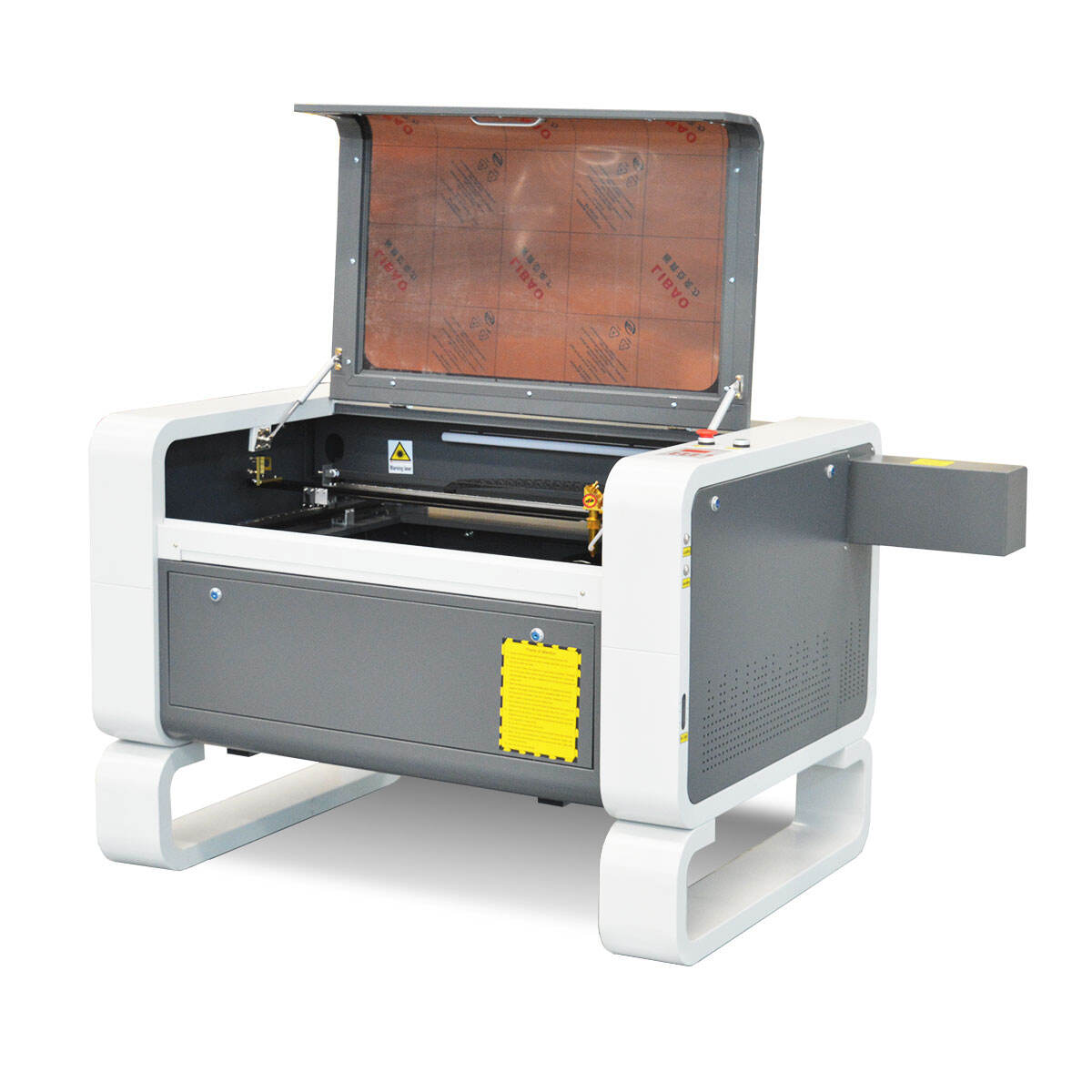Advantages of Using Industrial Laser Cutting Machines in Manufacturing
Understanding Industrial Laser Cutting
Industrial laser cutting is a pivotal technology in precision manufacturing. It utilizes highly concentrated laser beams to cut through various materials with remarkable accuracy and efficiency. This process involves the laser focusing immense energy onto a small area, causing the material to melt, burn, or vaporize. The precision achieved through laser cutting makes it indispensable in industries requiring high-quality, intricate designs and has broadened the scope of what’s possible in manufacturing.
The inception of laser cutting technology dates back to the 1960s when it was first introduced for industrial applications. Over the decades, this technology has evolved significantly, harnessing advancements in laser physics and control systems. Initially employed in aerospace and automotive sectors, laser cutting has expanded across various industries, including electronics and medical device manufacturing. The continuous innovation in laser technology, such as the development of fiber and CO2 lasers, has made the process faster, more versatile, and accessible to a wider range of applications.
Key Components of Laser Cutting Systems
Laser cutting systems consist of several critical components that work together to achieve precision cutting. The essential parts include:
- Laser Source: This is the heart of the system, generating the laser beam used for cutting. Depending on the application, different types of lasers, such as CO2 or fiber lasers, are chosen for their unique properties.
- Optics: The optics, including mirrors and lenses, guide and focus the laser beam precisely onto the material's surface. High-quality optics are crucial for maintaining beam quality and achieving desired cutting precision.
- Motion Control System: It ensures the laser cuts according to the path defined by CAD files. This involves motors and controllers that manage the movement of the cutting head and the material beneath.
The cutting head is another vital component, responsible for directing the laser beam and maintaining focus during the cutting process. Equipped with a nozzle, the cutting head ensures the beam strikes the material efficiently and with precision. It often includes systems for height sensing and autofocus to adapt to variations in material thickness, enhancing accuracy and consistency. Understanding these components is key for maintaining the efficiency and effectiveness of a laser cutting system.
Types of Laser Cutting Techniques
Laser cutting techniques vary widely to accommodate different materials and project needs. One of the key methods is fusion cutting, which is particularly efficient for cutting metallic materials. This technique involves using a high-powered laser to melt material, while a jet of gas, such as nitrogen or argon, blows the molten metal away. Fusion cutting is renowned for producing clean edges and is often used for metals like stainless steel and aluminum, where a polished finish is essential.
Another specialized approach is flame cutting, which applies heat and oxygen to cut thicker materials. This method ignites the material and maintains the cut by directing pure oxygen onto the heated area, effectively burning away the material. Flame cutting is predominantly used in industrial settings for materials like mild steel, where its ability to handle thicker metals makes it invaluable. However, its effectiveness diminishes when applied to stainless steel or aluminum, where techniques like fusion cutting are preferable due to superior cut quality.
Lastly, we have sublimation cutting, which is ideal for materials that require precision without melting. This technique involves evaporating material directly into a gas using laser energy, enabling intricate and delicate cuts on certain plastics and complex shapes. Sublimation cutting is particularly suitable for detailed designs where maintaining material integrity is crucial, as it avoids the distortion associated with melting. Understanding these cutting techniques allows manufacturers to select the right process to meet specific project requirements efficiently.
Materials Suitable for Laser Cutting
Laser cutting is a versatile method that accommodates a range of materials, each with unique benefits. Metals like aluminum, steel, and stainless steel are frequently used due to their high strength and durability. Aluminum is lightweight yet strong, steel offers high tensile strength ideal for construction, and stainless steel is preferred for its corrosion resistance. Each metal's properties make it suitable for different applications within manufacturing and industrial processes.
Non-metallic materials, such as wood and plastics, also respond well to laser cutting. Wood can be precisely carved with detailed patterns, making it popular for decorative items and furniture. Plastics, including acrylics and polycarbonates, absorb laser energy efficiently, allowing precise cuts and engravings. Different techniques may be employed when cutting these non-metals, depending on the desired finish and material type.
Composite materials present additional challenges for laser cutting. These materials consist of multiple layers that can vary in composition, requiring careful consideration of laser settings. Issues like heat distribution and potential delamination must be managed to ensure a clean cut. Therefore, while using laser cutting for composites, it is crucial to test and adapt techniques to achieve the best results.
Applications of Industrial Laser Cutting in Various Industries
Industrial laser cutting has revolutionized the automotive industry by enabling the production of intricate vehicle parts and the creation of prototypes and custom components. The precision and speed of laser cutting make it ideal for crafting complex designs without the added waste typical of traditional methods. This not only ensures higher quality outcomes but also significantly streamlines the manufacturing process, contributing to increased efficiency and reduced production costs.
In the aerospace sector, laser cutting is pivotal for fabricating lightweight structures and precision components. This technology supports the stringent safety regulations of the aerospace industry by allowing high-precision cuts necessary for maintaining strict tolerances. Components such as turbine blades, fuselage parts, and other critical elements benefit from laser cutting's ability to handle a wide range of materials with minimal distortion, enhancing both performance and safety.
The medical device industry also leverages laser cutting technology to meet its high standards of hygiene and precision. Laser cutting is employed to produce intricate and precise medical instruments and implants. The non-contact nature of laser cutting helps maintain sterile conditions, which is vital for medical applications. Moreover, the capability to create high-precision cuts ensures that medical devices meet the necessary specifications for performance and safety, making laser cutting an invaluable tool in medical manufacturing.
Benefits of Industrial Laser Cutting
Industrial laser cutting offers significant benefits in terms of precision and efficiency. The technology has demonstrated its ability to significantly reduce errors, achieving accuracy levels within 0.1mm, which is particularly vital in high-stakes industries such as aerospace and automotive. Additionally, laser cutting machines speed up production timelines by operating faster than traditional cutting methods, thereby enhancing overall productivity.
Versatility is another key advantage of laser cutting, as it can handle a wide array of materials from metals to fabrics and plastics. This adaptability allows industries to employ laser cutting for bespoke solutions without the need for multiple systems, making it a highly efficient choice. Whether it's detailed engraving on jewelry or precise metal cuts in manufacturing, laser cutting technology seamlessly caters to diverse requirements.
Moreover, using industrial laser cutting can lead to substantial reductions in waste and operational costs. Unlike traditional methods, laser cutting minimizes material loss, contributing to material savings. Furthermore, the technology is energy-efficient, using less power compared to older systems. These factors together contribute to significant cost savings, making laser cutting a sustainable and economically viable solution for modern manufacturing needs.
Featured Industrial Laser Cutting Machines
Explore our range of industrial laser cutting machines designed to enhance productivity and precision in various applications.
Laser Engraving and Cutting Machine 1080
This machine offers unparalleled precision for small to medium projects. Equipped with professional carved optical lenses and red light positioning, it delivers stable, accurate results. Its strong software compatibility ensures ease of use across different applications.
Laser Engraving and Cutting Machine 1325
Perfect for handling larger materials, the 1325 model comes with quality laser tubes ensuring consistent outputs. It features high-performance components for efficient large-format cutting and engraves both cylindrical and irregular products seamlessly.
Laser Engraving and Cutting Machine 4060
Designed for efficiency, this model is ideal for both engraving and cutting tasks. Its humanized body structure allows for easy transportation, while the simple operation ensures high-precision results.
Laser Engraving and Cutting Machine 7050
This machine excels in heavy-duty operations while ensuring high precision. It is easy to operate, transport, and is compatible with a wide range of design software for enhanced flexibility.
Laser Engraving and Cutting Machine 9060
Tailored for professional applications, this machine boasts advanced features such as precise positioning and a lifting platform. Its compatibility with various design software makes it an essential tool for complex tasks.
These machines are engineered to meet diverse industrial needs, offering flexibility, precision, and superior performance across various applications.







